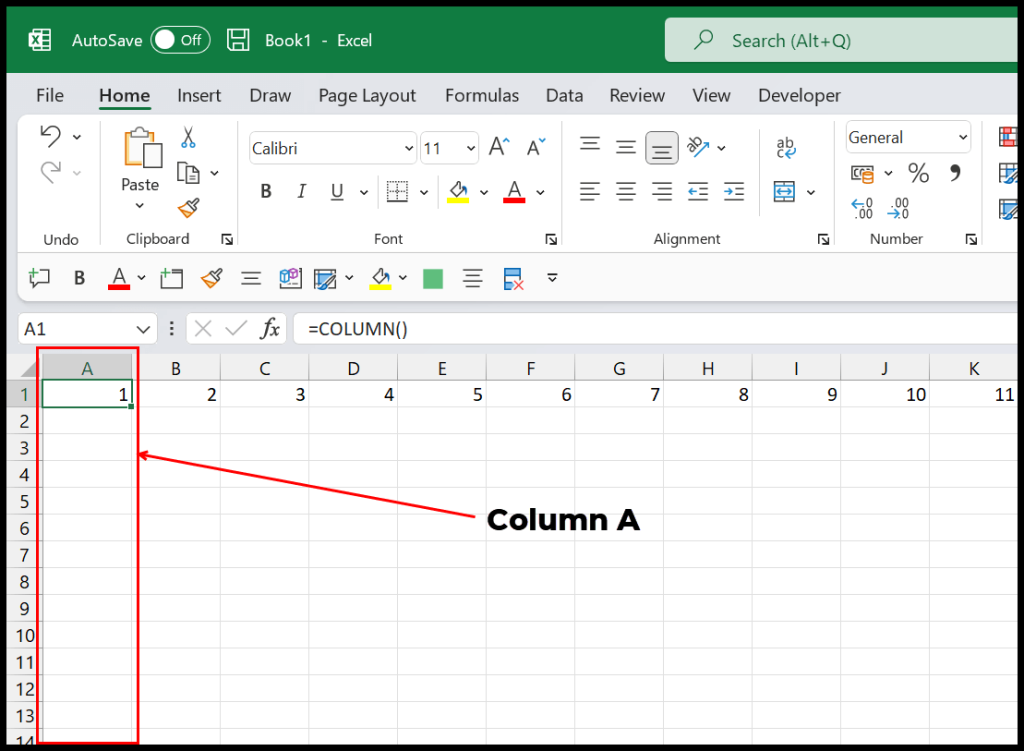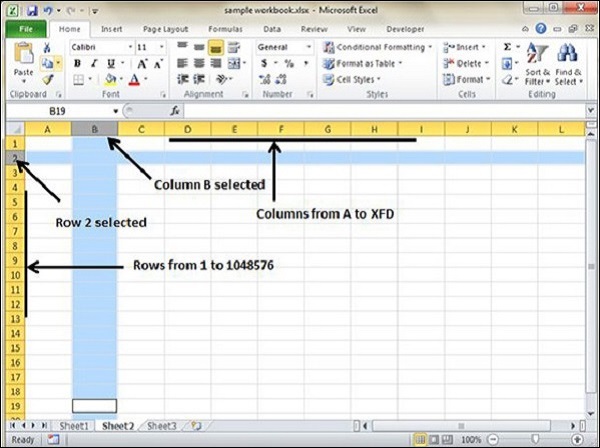Work with tables in a spreadsheet tool (such as Google Sheets or Microsoft Excel) or a database management system (such as Oracle) and you will need to understand the distinctions between rows and columns.
The terms rows and columns, however, are sometimes used synonymously, despite the fact that they refer to rather different concepts. Because rows are aligned horizontally and columns are oriented vertically, there is a difference between the two. Learn more about rows vs. columns and how to tell them apart by reading on.
How Do Columns and Rows Differ From Each Other?
The primary distinction between a column and a row is that the former runs vertically while the latter does so horizontally. Something that is horizontal goes from left to right, whereas something that is vertical is oriented from top to bottom.
Although rows and columns are commonly spoken in relation to tables and databases, they are also encountered in everyday life. For example, a ticket for a theater may specify “row 2, seat 32.” It implies that you will locate your seat by moving two horizontal lines upward from the stage and across thirty-two seats.
Conversely, the sections found in newspapers can be thought of as columns. The lines in these parts go from top to bottom in a vertical arrangement. The term “newspaper columns” was coined for this reason.
Also Read: https://thegamedial.com/custom-cursor/
Definition of a column

Columns show how information, objects, or people are arranged vertically. By vertical, we mean that these elements are arranged from top to bottom.
The structured display of vast volumes of data in HTML is accomplished through the use of statistical tables. All that exists in these statistics tables is a combination of rows and columns. The vertical header and subheading of a column in a statistics table are referred to as column captions. The columns’ data representations are explained by these subtitles.
A matrix also has columns; these columns describe a group of characters, numbers, or other symbols that are encased in brackets. A matrix consists of a vertical array called a column and a row array called a column array.
In actual life, columns also exist. People are grouped in columns, for instance, when they are in a vertical line or queue.
Row Defined
An arrangement of persons, objects, or data that is arranged horizontally or side by side is described by rows. They are arranged from left to right.
The stub—the far left portion of a statistical table—describes the information shown in the rows and what each row stands for.
Rows are named differently depending on where they are used, just like columns. Rows are referred to as records, for instance, in database management systems. In matrices, rows refer to the horizontal arrays as well.
Column vs. Row in Excel
Your data has probably already been organized into rows and columns if you have ever used Excel. A grid of cells composed of rows and columns can be found on every worksheet.
Microsoft Excel refers to each horizontal line of cells as a row and each vertical line of cells as a column. A cell is the area where these rows and columns converge. Data collection and recording are made possible by this interaction.

Numbers in the range of 1 to 1,048,576 are used in spreadsheets to indicate row headings. The letters A through XFD stand for the column headings.
The column’s lettering scheme has a distinct yet straightforward layout. To illustrate, column A will be the first, column B will be the second, and so on until column Z. Z is followed by AA, AB, AC, and so on in a sequential order until you reach the last column, XFD.
One way to refer to a row would be row 123, and one way to refer to a column would be column AZ. In one spreadsheet, there are 16,384 columns and 1,048,576 rows. You will observe that there are a disproportionately less number of columns compared to rows.
The maximum Excel set on rows is 2 raised to the 20th power, or 1,048,576, which is an arbitrary decision. Columns, on the other hand, have a limit of 2 increased to the 14th power, or 16,384.
Also Read: https://thegamedial.com/clipchamp/
Conclusion:
Here is a breakdown of the distinctions between rows and columns to close:
The vertical arrangement of data, items, or people is represented by columns, and the horizontal arrangement is represented by rows.
ones that flow horizontally are arranged in rows, whereas ones that flow vertically are arranged in columns. Columns in an Excel spreadsheet are represented by letters, while rows are represented by numbers.
In the context of database management, columns are referred to as fields and rows as records. When creating grids or tables that may be used for data input, manipulation, and analysis, rows, and columns are frequently utilized in tandem to structure and arrange data in a logical and understandable way.
